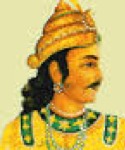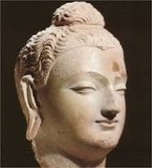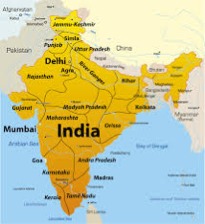Sign up for FlowVella
Sign up with FacebookAlready have an account? Sign in now
By registering you are agreeing to our
Terms of Service
Loading Flow



Maurya Dynasty (321-185BC)
Chandragupta Maurya founded the Maurayan empire, ruling 321-298BC. He was the first to unite India in the biggest empire in Indian history under a strong central government. Trade increased, and art and architecture flourished.

Through a bureaucracy, his harsh government but maintained order.
Asoka, who began his rule in 268 BC, fought a bloody war to gain land. When he realized how much suffering he had created, he

turned away from conquest and sent Buddhist missionaries out. His famous pillars with Buddhist teachings promised just government. His people prospered.

After Asoka's death, the Mauryan Empire declined.
The most important accomplishment of the Mauryans was being able to unite India. Under Asoka's policy of religious tolerance, the people worked together for trade and development of culture.

Chandragupta and Jainism: Chandragupta became a Jain in the latter part of his life. His grandson Asoka contributed to the decline of Jainism, as many of those who died in his invasion were Jains. Jain ethics are similar to Buddhist, and Hinduism, but their history and gods are different.